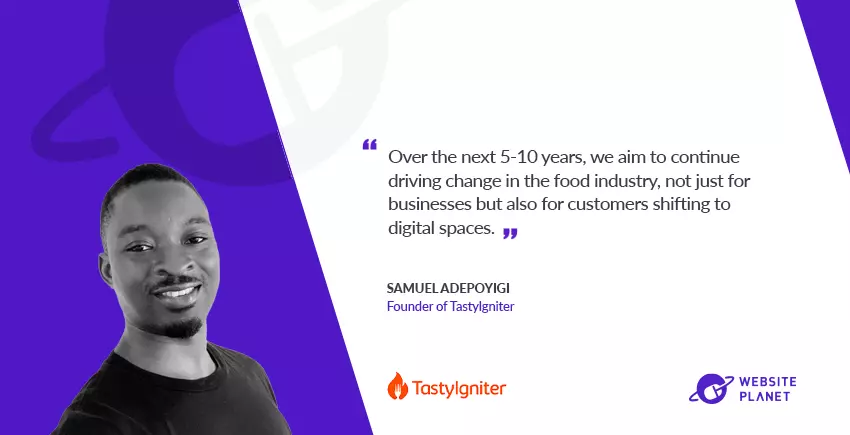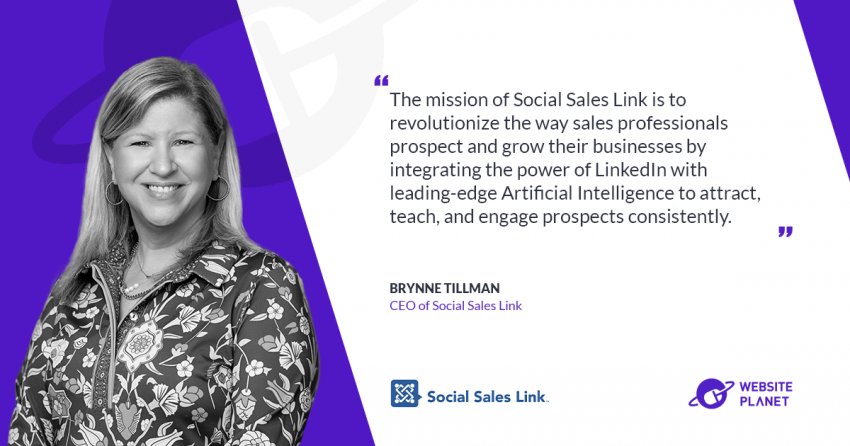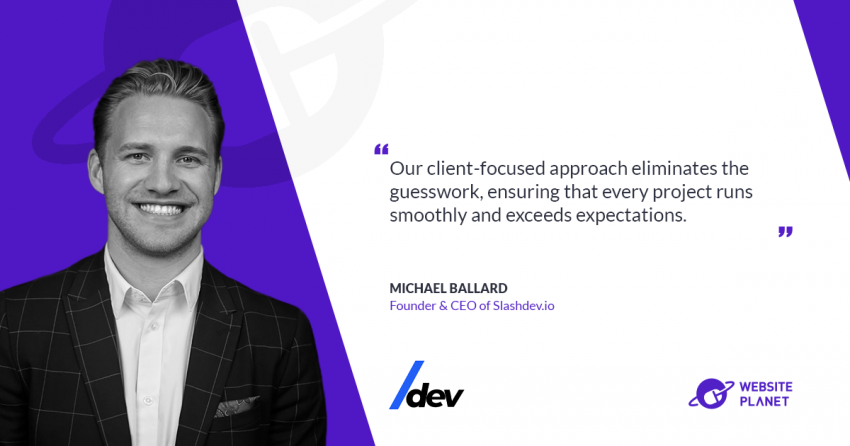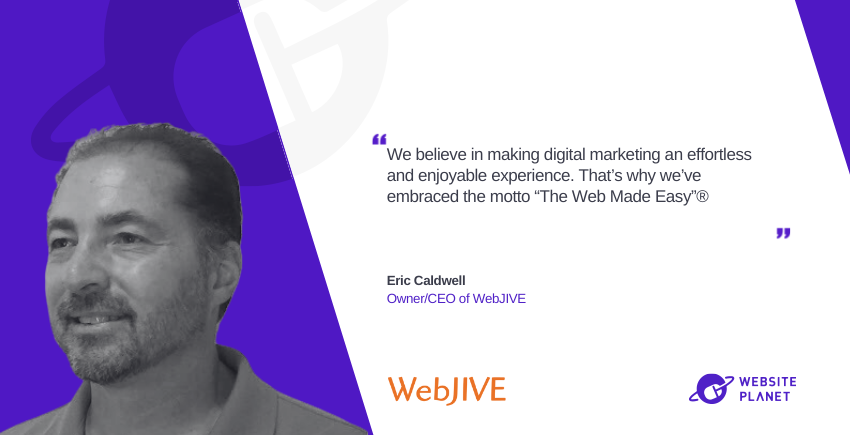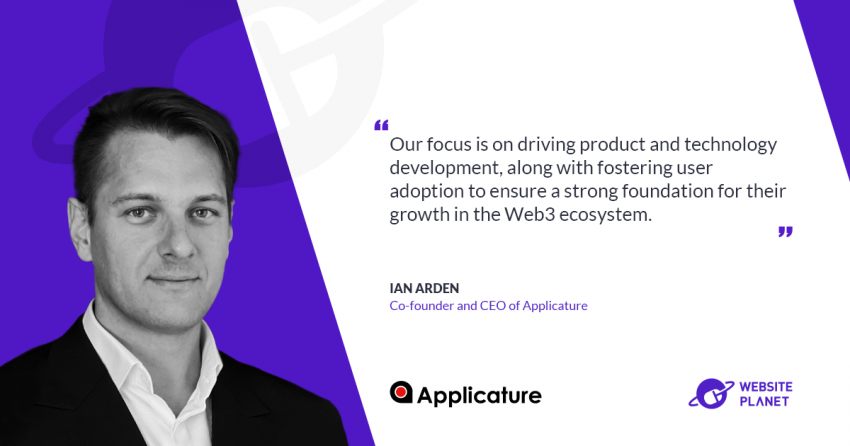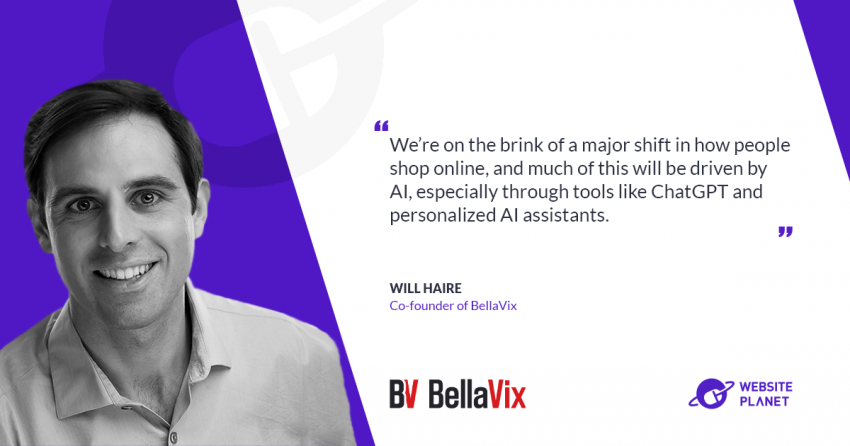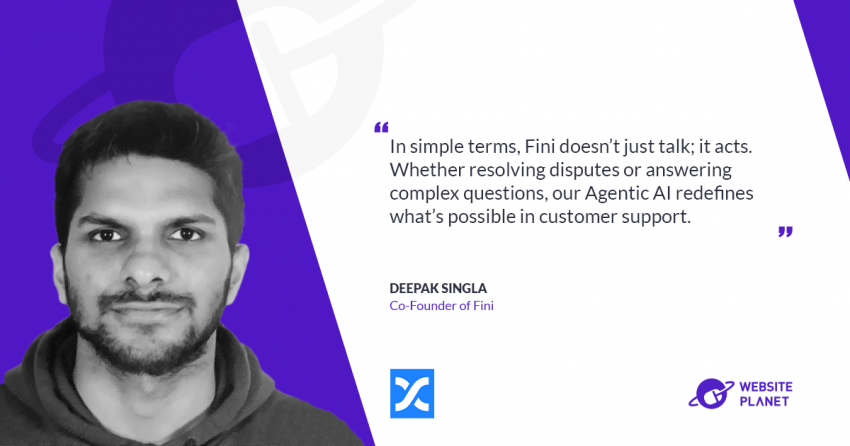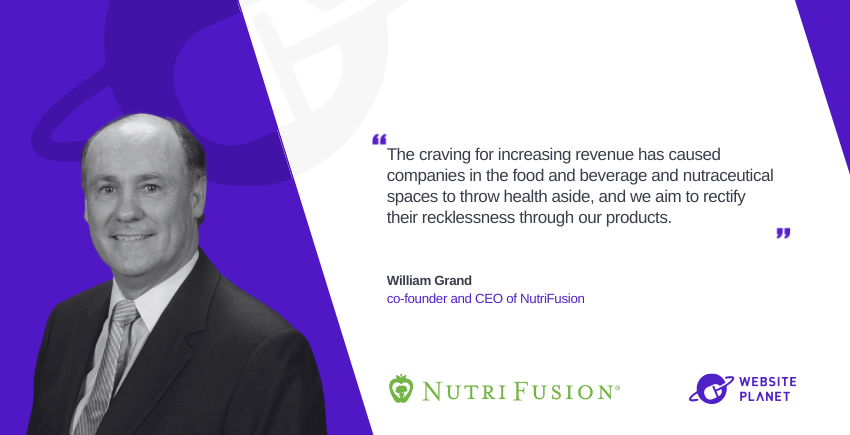Website Planet had the chance to interview Samuel Adepoyigi, founder of TastyIgniter, a free online ordering system for restaurants & takeaways. We learnt how the platform came to life and what make them stand out from the competition.
Meet Our Guest
My name is Samuel Adepoyigi. I am the founder and a senior developer at TastyIgniter. I earned my Bachelor’s and Master’s degrees from Cardiff Metropolitan University in Computing and Information Technology, respectively. I am an open-source enthusiast and experienced Web Developer with a demonstrated history of working in the information technology and services industry.
My role at TastyIgniter centers around strategically guiding the company towards growth and success. This would involve developing and implementing comprehensive business strategies, managing overall operations, and ensuring financial stability through effective budgeting and forecasting.
What problems are you solving with your products and services?
The goal of TastyIgniter is to address key pain points in the restaurant industry, particularly around online food ordering and management. At the moment TI offers a simple, customizable platform for managing online orders, reservations, and multiple restaurant locations, which streamlines operations for restaurants of various sizes including restaurant chains. This enhanced efficiency and improved customer experience lead to business growth and better customer service.
Compared to other products, TastyIgniter stands out due to its open-source nature, allowing extensive customization to meet specific restaurant needs. This flexibility is a significant advantage over less adaptable systems, providing a tailored experience for both restaurant owners and customers. Features like customizable order types, delivery zones, and third-party integrations allow restaurants to tailor services to their operational capabilities and customer preferences. Additionally, the platform’s design for brand customization enhances customer recognition and loyalty.
User feedback on platforms like Product Hunt, Capterra, and G2 shows a positive review, with most users appreciating the ongoing improvements and others pointing out areas for further development. This feedback is integral to TastyIgniter’s continuous evolution, ensuring it meets the changing needs of the industry and its users.
What’s your story and how did you come up with the idea?
My journey with TastyIgniter began in 2013. I was frustrated with the limited cuisine options available for online ordering and the frequent errors in takeaway orders. This frustration combined with my craving for authentic Nigerian cuisine fueled my decision to work on TastyIgniter as my final year project at the university. What I had in mind was a comprehensive platform that would enable restaurants to adapt quickly and easily to their customers’ evolving needs, without requiring hefty investments or causing major disruptions in their daily operations.
With invaluable support from the open-source community, I developed TastyIgniter – the name was inspired by the CodeIgniter PHP Framework. Over the years, it evolved through continuous development and refinement. In May 2016, TastyIgniter was officially launched, marking a significant shift in the industry.
How does your mission differ from the other companies in your niche?
Our mission differs from others in our niche primarily in our commitment to affordability and accessibility for restaurants wanting an online presence.
Unlike many competitors who charge fees for online ordering, TastyIgniter is completely free to download, with no commissions or hidden fees. This unique selling point ensures that restaurants, regardless of their size, can engage with today’s digitally savvy consumers without the burden of additional costs.
Our core values revolve around supporting businesses in expanding their audience base and adapting to digital trends. Over the next 5-10 years, we aim to continue driving change in the food industry, not just for businesses but also for customers shifting to digital spaces.
We welcome collaboration with software developers, programmers, and experts who share our vision of impacting the future of the food industry, keeping TastyIgniter at the forefront of restaurant management and order management solutions.
What industries or business sizes benefit the most from your solutions?
TastyIgniter primarily serves the needs of enterprise-level users and developers who use the platform to develop solutions for their clients in the restaurant industry. These users typically possess a certain level of technical knowledge, which is essential for leveraging TastyIgniter’s full capabilities.
However, to make the platform more accessible to individual users with less technical expertise, TastyIgniter Cloud is in the works. This will allow easier installation and setup with just a few clicks, catering to a broader user base.
Before TastyIgniter, many restaurants relied on platforms like Deliveroo and UberEats, which often incurred significant costs. TastyIgniter offers a cost-effective alternative, enabling restaurants to manage online orders and reservations through a single dashboard without the high fees associated with other delivery platforms. This is especially advantageous for businesses looking to expand their customer base digitally while minimizing operational costs.
One of the main reasons why most users decided to switch to TastyIgniter is related to cost, customizability, and integration of custom features. TastyIgniter addresses these concerns by being a free-to-download, open-source solution that’s fully customizable, allowing developers to add their own extensions to cater to specific restaurant needs. We also have a dedicated marketplace with prebuilt themes and extensions to add new features to the platform. This not only helps in reducing the costs associated with establishing an online presence but also provides unparalleled access to features and functionalities needed to promote a brand and attract customers.
And what makes them eventually choose you over your competitors?
TastyIgniter has been distinguishing itself in the restaurant management software market, primarily due to its unique approach tailored to the needs of restaurants of all sizes.
As the founder of TastyIgniter, I’d say our open-source, PHP-based platform is a key differentiator. It offers unparalleled flexibility, allowing restaurant owners to customize the software to their specific requirements. This adaptability is a significant advantage, enabling our clients to tailor the system for a variety of needs, including online orders, table bookings, support for new payment gateways, and reporting.
Our intuitive interface and comprehensive features, such as menu management, billing operations, and kitchen control, streamline restaurant operations, enhancing day-to-day management and significantly impacting profitability.
Clients who have switched to TastyIgniter from other solutions often report a marked improvement in operational efficiency. The ability to manage multiple restaurant locations is particularly beneficial for those running restaurant chains. New clients who have switched from other products appreciate the open-source nature of our software, which allows for extensive customization, a feature they found lacking in other products. When recommending TastyIgniter to others, they usually emphasize our software’s ability to adapt to their growing and changing business needs, making it a preferred choice for many in the restaurant industry.
What other tools and best practices do you suggest using in combination with your products?
When integrating TastyIgniter into restaurant management, it’s beneficial to use tools that complement its capabilities. These include inventory management to streamline operations and reduce waste, and online ordering and payment integration for a smooth customer experience.
We also help our customers develop customer solutions to further tailor the platform to their needs. It’s essential for customers to customize TastyIgniter to match each restaurant’s unique branding and operational needs, taking advantage of the active developer community for support. We continue to add new themes and extensions to the marketplace to expand the capabilities of the platform.
It’s important to ensure the system remains user-friendly for staff and scalable to accommodate business growth, avoiding common mistakes like neglecting these aspects. This approach maximizes efficiency and enhances the overall management process.
Can you share any success stories where your product made a significant difference for a business dealing with those challenges?
During the onset of Covid-19, the restaurant industry faced unprecedented challenges, particularly with the sudden need for digitization and online ordering. TastyIgniter played a crucial role for one of our clients in this crisis.
This client, catering to over 20 local restaurants, leveraged TastyIgniter to swiftly transition these eateries to online ordering. This move was instrumental in keeping them operational while many others unfortunately closed down. The pandemic led to the closure of about 72,700 restaurants in the USA, highlighting the severity of the situation.
TastyIgniter proved to be a lifeline, enabling these restaurants not only to survive but also to expand their services to include food delivery. The platform’s affordability and efficiency were key during this period. Unlike other platforms that were financially burdensome due to high charges and fees, TastyIgniter offered a more sustainable option in the face of a strained economy. This allowed both the restaurants and their customers, who were confined at home, to navigate the challenging times more effectively.
The success story of these 20 local restaurants is a testament to the adaptability and resilience fostered by TastyIgniter during a global crisis.
What opportunities and challenges do you see in the future of your industry?
In the restaurant industry, future opportunities are largely driven by technological advancements and changing consumer behaviors. The growing trend towards online ordering and delivery services continues to create revenue streams for restaurants. Additionally, the integration of AI and data analytics in restaurant management software is expected to enhance customer experience and operational efficiency.
However, challenges include adapting to these technological changes, managing increased competition in the digital space, and addressing the evolving expectations of digitally-savvy customers. The industry also faces ongoing issues like labor shortages and fluctuating food costs, which require innovative solutions.
Imagine ordering food and making table reservations by chatting with an LLM. Generative AI and Large Language Models (LLMs) will impact customer-restaurant interactions, and customer service, these technologies promise significant transformations. AI can personalize customer experiences by recommending dishes based on preferences or past orders, optimize restaurant operations through predictive analytics, and even streamline customer service with AI-driven chatbots. However, this also brings challenges like ensuring data privacy, managing the human-machine interaction balance, and keeping up with rapid technological advancements. Embracing these technologies will be key to staying competitive and relevant in the future restaurant landscape.
